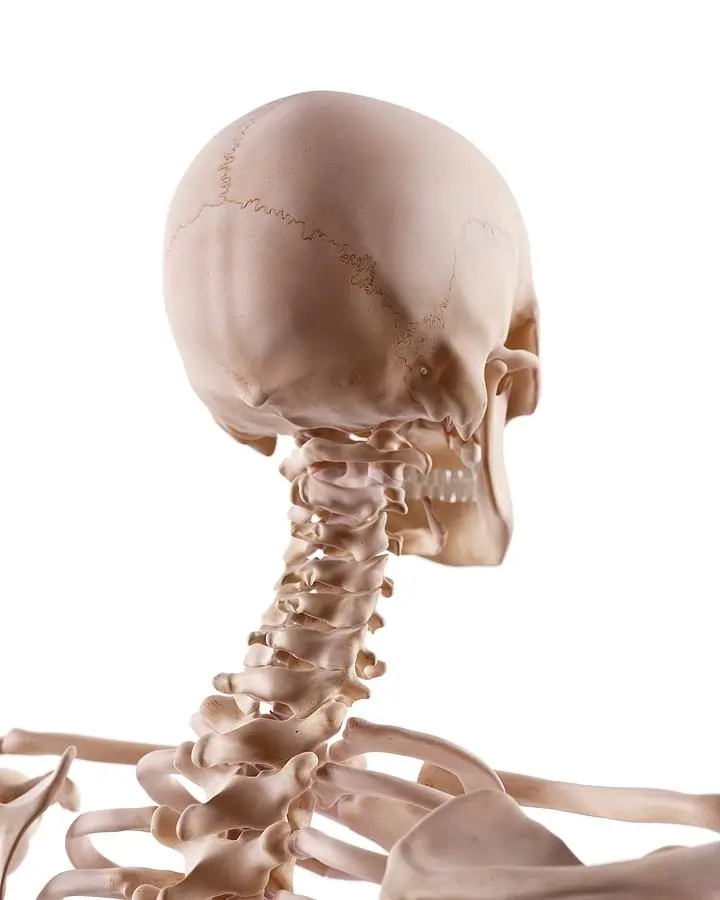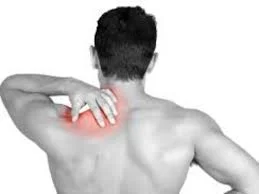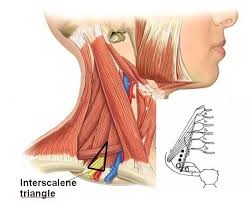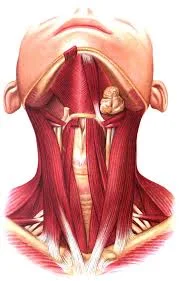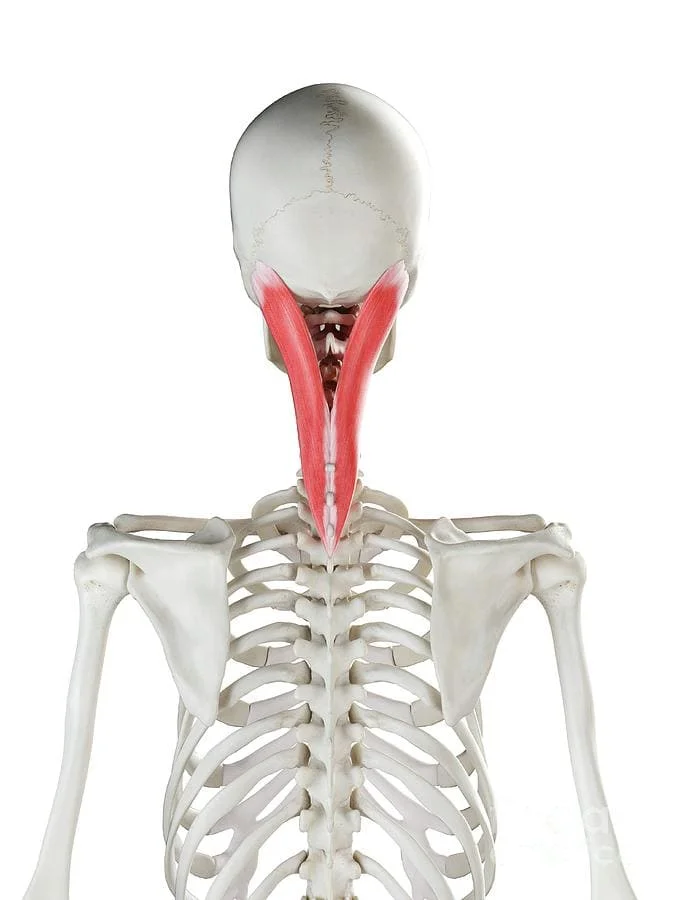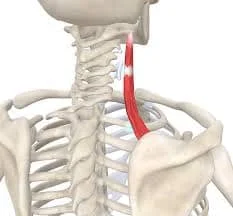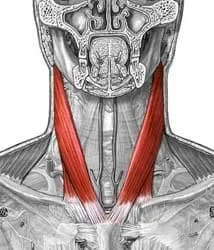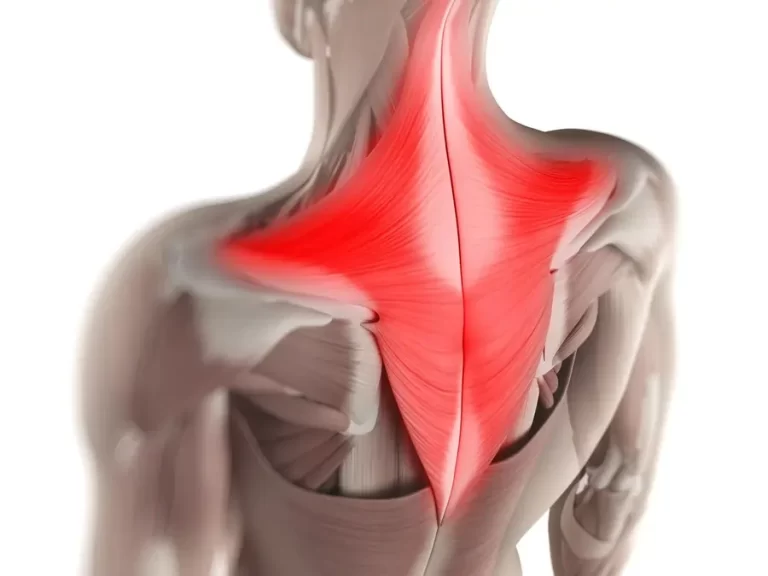Atlanto-Occipital Joint
The atlanto-occipital joint is the articulation between the atlas (C1 vertebra) and the occipital bone of the skull. It is a synovial joint that allows for nodding movements of the head, such as flexion (“yes” motion) and slight lateral tilting. This joint is stabilized by ligaments, including the anterior and posterior atlanto-occipital membranes, and plays…

